 The piano is one of the world’s most welcoming instruments for beginners. Unlike other instruments, the piano is built in such a way that a person with absolutely no prior experience or training can sit down and produce musical sounds immediately. The operating mechanisms within a piano are easy to understand and strikingly intuitive for first time players: press a key down and you’ll get a noise. Press multiple keys down at the same time and you’ll get a chord. It’s that simple. Yet, figuring out how to practice piano correctly and in a way that promotes proper technique and efficient playing is a process that’s nearly the opposite of intuitive for many musicians.
The piano is one of the world’s most welcoming instruments for beginners. Unlike other instruments, the piano is built in such a way that a person with absolutely no prior experience or training can sit down and produce musical sounds immediately. The operating mechanisms within a piano are easy to understand and strikingly intuitive for first time players: press a key down and you’ll get a noise. Press multiple keys down at the same time and you’ll get a chord. It’s that simple. Yet, figuring out how to practice piano correctly and in a way that promotes proper technique and efficient playing is a process that’s nearly the opposite of intuitive for many musicians.
If you want to learn how to properly play scales, chords, and difficult passages of music, you’ll have to step out of a space that feels comfortable and easy into one that is significantly more challenging and difficult. In this article, we’ll show you how to practice piano by providing helpful insights and exercises for complete beginners as well as intermediate players looking to expand their playing experience and music theory knowledge. Whether you’re completely new to the piano or are just someone looking to bring your skill level up a notch, we’ve got something for you here. Some of what we’re going to be talking about here has to do with music reading, but you don’t need to be highly skilled at reading notes or rhythms to understand the concepts in this article. Let’s get started!
The Importance of Playing With Correct Fingers
If you’re already familiar with proper piano fingering, feel free to move on to the next section. In the world of piano music, it’s absolutely essential that you play in a way that has you thinking about your fingers. Yes, the piano is an incredibly intuitive instrument, but players who don’t actively use correct fingering will never be able to play in a truly functional and efficient way.
In music notation, fingering instructions come in the form of numbers that are placed above notes.

Each number corresponds to the fingers of both right and left hands:
1-Thumb
2-Index
3-Middle
4-Ring
5-Pinky
Do your best to follow fingering instructions within sheet music, scales, and warmups. Remember, every instruction you see within piano music is there to make your job as a musician easier and not more difficult. Learning something correctly the first time will save you the energy and effort of having to go back and do it again.
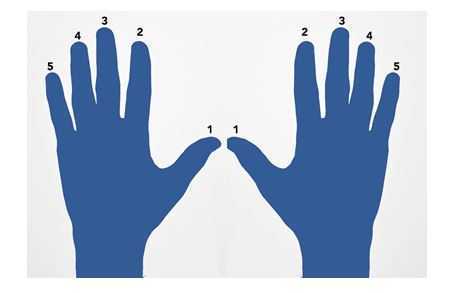
Introductory Unison Warmup
Before your fingers can learn to play independently of each other, they’ll have to learn to play in unison. This warmup is an easy way to get your left and right hands playing together. Like in all the exercises we’re going to show you, have a metronome out and ready to use while playing. Learning to play to a set rhythm is an essential skill for every musician. Start with your right hand thumb (1) on middle C (the middle C is the C note located at the center of your keyboard). Then, place your left hand pinky (5) on the C note an octave below your right hand. With both hands, play C-D-E-F and G in unison and then backwards till you arrive back at C again. Repeat this same sequence up a key until you reach the C an octave above. Practice this warmup slowly at first. Once you master this warmup you’ll be able to move on to scales.
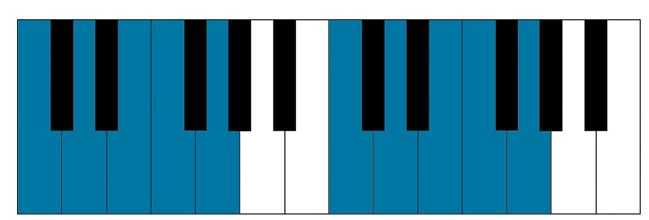 Start with both hands on C and then move up a key
Start with both hands on C and then move up a key
Hanon Exercises
Charles Louis Hanon’s first book of meticulously crafted piano exercises was published in 1873 and has remained a staple in piano practicing ever since. The Virtuoso Pianist features 60 meticulously crafted exercises designed to increase muscle memory, speed, dexterity, and finger strength in a pianist. Whether you’ve been playing piano for days or decades, this book features a vast array of powerful exercises that will benefit you and pianists of every skill level and background. These exercises all feature both hands playing various passages of increasingly difficult music in unison. Learning how to practice piano effectively entirely depends on your effort and methods, so making sure to add this powerful tool in your arsenal is a smart idea. The Virtuoso Pianist can be found in retail and online music stores.
Scales
Learning how to play scales is equally as important as learning how to understand them, so if a student takes the time to learn scales but doesn’t bother to learn what a scale is, they’ll only receive half the benefit of the exercise. A scale, which is also referred to as a mode, is a step-by-step sequencing of a key of music. Essentially, scales contain the ingredients that go into a key in music. Distinct chords are built off of each scale degree, and composers use these chords in their music. We’ll chat more about chords in a bit. Scales are an essential music theory concept, but they are not difficult to learn and understand.
By the way, pianists are in luck when it comes to tackling music theory because the piano is an instrument that perfectly represents the intangible ideas and concepts behind basic music theory. When other instrumentalists learn music theory, they use the piano’s keyboard as a visual aid. Like many basic music theory concepts, scales can be built using simple formulas.
In addition to teaching you how to build scales on the piano, we’re going to show you how to play some major and minor scales on the piano with the correct fingering patterns which is an essential part of learning how to practice piano.

All scales can be built on the piano by following a simple formula of half and whole steps. We’ll start with the C major scale located on middle C to make things easy. Starting with the C note, you’ll play the notes above in the following order: Whole-Whole-Half-Whole-Whole-Whole-Half. The sequence of notes you should end up with are C-D-E-F-G-A-B and C. Natural minor scales can be built using another simple formula of Whole-Half-Whole-Whole-Half-Whole-Whole. You can use these formulas to build simple major and minor scales on any note in music. That’s powerful knowledge that will help you see the bigger picture of music. If you want to learn how to practice piano in a powerful and effective way, giving musical context to your efforts is essential.
Now let’s show you what fingers you should use to build some simple major and minor scales on the piano. If we learn how to play an easy C major scale with the correct fingerings, this finger pattern can be used for many other piano scales. We’ve covered some great exercise options for playing in unison, but scales are great tools to build and develop independence between your hands. The fingerings we’re about to show you can be used for playing major and minor scales in the keys of C, G, D, A, and E.
Simple Major and Minor Scale Fingerings:
(LH): 54321321
(RH): 12312345
C Major Scale:

C Minor Scale:
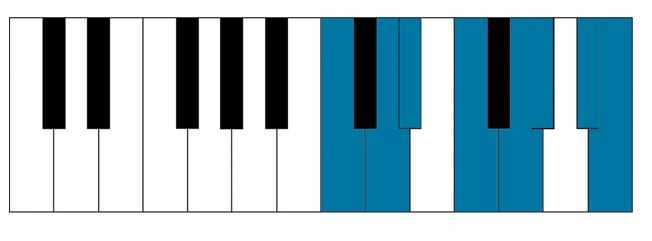
G Major Scale:
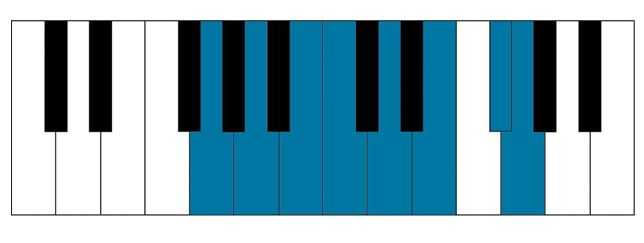
G Minor Scale:

D Major Scale:
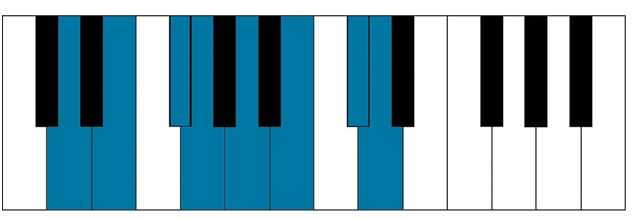
D Minor Scale:
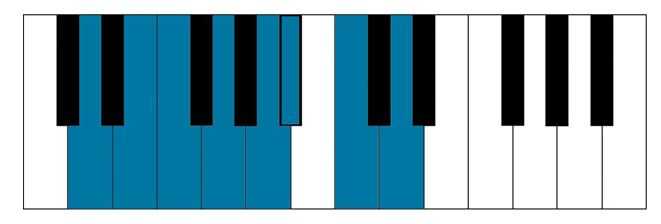
A Major Scale:
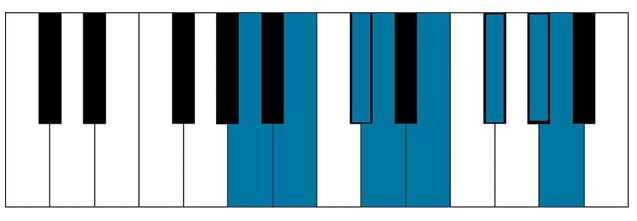
A Minor Scale:
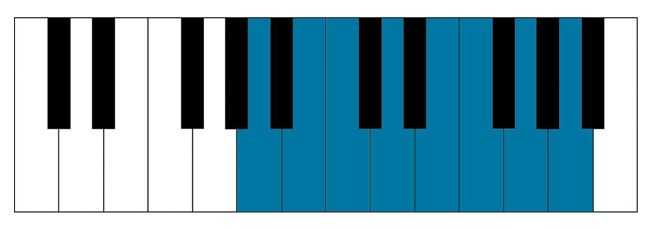
E Major Scale:
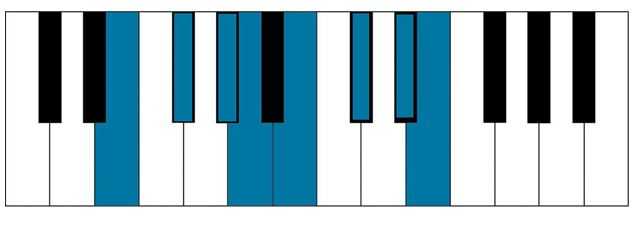
E Minor Scale:
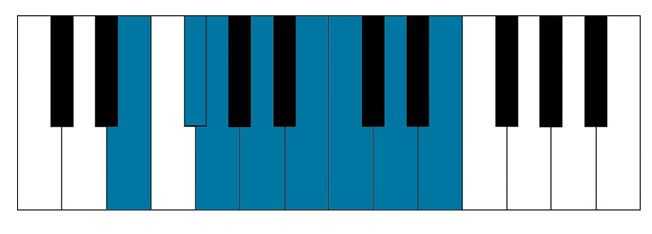
Once you’ve mastered these simple scales, move on to more difficult ones. Here’s some other piano scales with more difficult finger patterns:
B Major:
Notes: B, C#, D#, E, F#, G#, A#, B
Fingerings (LH): 4, 3, 2, 1, 4, 3, 2, 1
Fingerings (RH): 1, 2, 3, 1, 2, 3, 4, 5
C#/Db Major:
Notes: Db, Eb, F, Gb, Ab, Bb, C, Db
Fingerings (LH): 3, 2, 1, 4, 3, 2, 1, 3
Fingerings (RH): 2, 3, 1, 2, 3, 4, 1, 2
D#/Eb Major:
Notes: Eb, F, G, Ab, Bb, C, D, Eb
Fingerings (LH): 3, 2, 1, 4, 3, 2, 1, 3
Fingerings (RH): 3, 1, 2, 3, 4, 1, 2, 3
F#/Gb Major:
Notes: F#, G#, A#, B, C#, D#, F, F#
Fingerings (LH): 4, 3, 2, 1, 3, 2, 1, 4
Fingerings (RH): 2, 3, 4, 1, 2, 3, 1, 2
G#/Ab Major:
Notes: Ab, Bb, C, Db, Eb, F, G, Ab
Fingerings (LH): 3, 2, 1, 4, 3, 2, 1, 3
Fingerings (RH): 3, 4, 1, 2, 3, 1, 2, 3
A#/Bb Major:
Notes: Bb, C, D, Eb, F, G, A, Bb
Fingerings (LH): 3, 2, 1, 4, 3, 2, 1, 3
Fingerings (RH): 4, 1, 2, 3, 1, 2, 3, 4
A#/Bb Minor:
Notes: A#, C, C#, D#, F, F#, G#, A#
Fingerings (LH): 2, 1, 3, 2, 1, 4, 3, 2
Fingerings (RH): 2, 1, 2, 3, 1, 2, 3, 4
B Minor:
Notes: B, C#, D, E, F#, G, A, B
Fingerings (LH): 4, 3, 2, 1, 4, 3, 2, 1
Fingerings (RH): 1, 2, 3, 1, 2, 3, 4, 5
C#/Db Minor:
Notes: C#, D#, E, F#, G#, A, B, C#
Fingerings (LH): 3, 2, 1, 4, 3, 2, 1, 3
Fingerings (RH): 3, 4, 1, 2, 3, 1, 2, 3
D#/Eb Minor:
Notes: D#, F, F#, G#, A#, B, C#, D#
Fingerings (LH): 2, 1, 4, 3, 2, 1, 3, 2
Fingerings (RH): 3, 1, 2, 3, 4, 1, 2, 3
F Minor:
Notes: F, G, Ab, Bb, C, Db, Eb, F
Fingerings (LH): 5, 4, 3, 2, 1, 3, 2, 1
Fingerings (RH): 1, 2, 3, 4, 1, 2, 3, 4
F#/Gb Minor:
Notes: F#, G#, A, B, C#, D, E, F#
Fingerings (LH): 4, 3, 2, 1, 3, 2, 1, 4
Fingerings (RH): 2, 3, 1, 2, 3, 1, 2, 3
G#/Ab Minor:
Notes: G#, A#, B, C#, D#, E, F#, G#
Fingerings (LH): 3, 2, 1, 3, 2, 1, 3, 2
Fingerings (RH): 3, 4, 1, 2, 3, 1, 2, 3
Chords
Now that you’ve got a good idea of how to build major and minor scales around the piano with the correct finger patterns, it’s a good idea to bring the chords from these keys into your piano practice. Like we mentioned before, every note in major and minor keys is assigned its own unique chord. Like the order of notes in each scale, the assigned chords in these keys are constant within music. This is why we assign Roman Numerals to chords in music to speak to the permanent relationships between chords within keys. If you need extra help learning how to build the basic chords in these keys, please check out our recent article on basic music theory.
Major keys feature the following set of chords. The large Roman Numerals represent major chords while the smaller ones represent minor chords. The chord with the small circle represents a diminished chord.
Major key chords:
I ii iii IV V vi vii°
Choose a series of keys to play in, and play every chord in the selected keys to the steady click of a metronome. You can create a drill of chords in minor keys by doing the same thing.
Minor key chords:
i ii° III iv v VI VII
To help test your knowledge of scales and keys, write a simple 4-chord progression and learn to play it in various keys around the piano. For example, you could play a I-IV-vi-iii chord progression in the key of C to start and the move it to gradually more difficult keys like D, E, and then F#. The basic idea here is to teach you how to add every scale, key, and chord to your musical toolkit. This knowledge can help you whether you’re a concert pianist or an aspiring songwriter.
Piano exercises are important for helping to deliver finger strength, dexterity, and flexibility to a player, but they should also give pianists a greater understanding of not just the piano of how music theory works. The question of how to practice piano effectively is an important one, but asking why you want to practice piano is much more important. If you know what sorts of things you’d like to achieve with your practicing, you’ll have a much better idea what of what to focus on in your exercises. The exercises we mentioned here are just a few examples of the many great things you can do to increase your playing prowess and music theory knowledge with the piano.


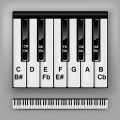


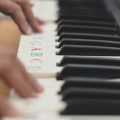

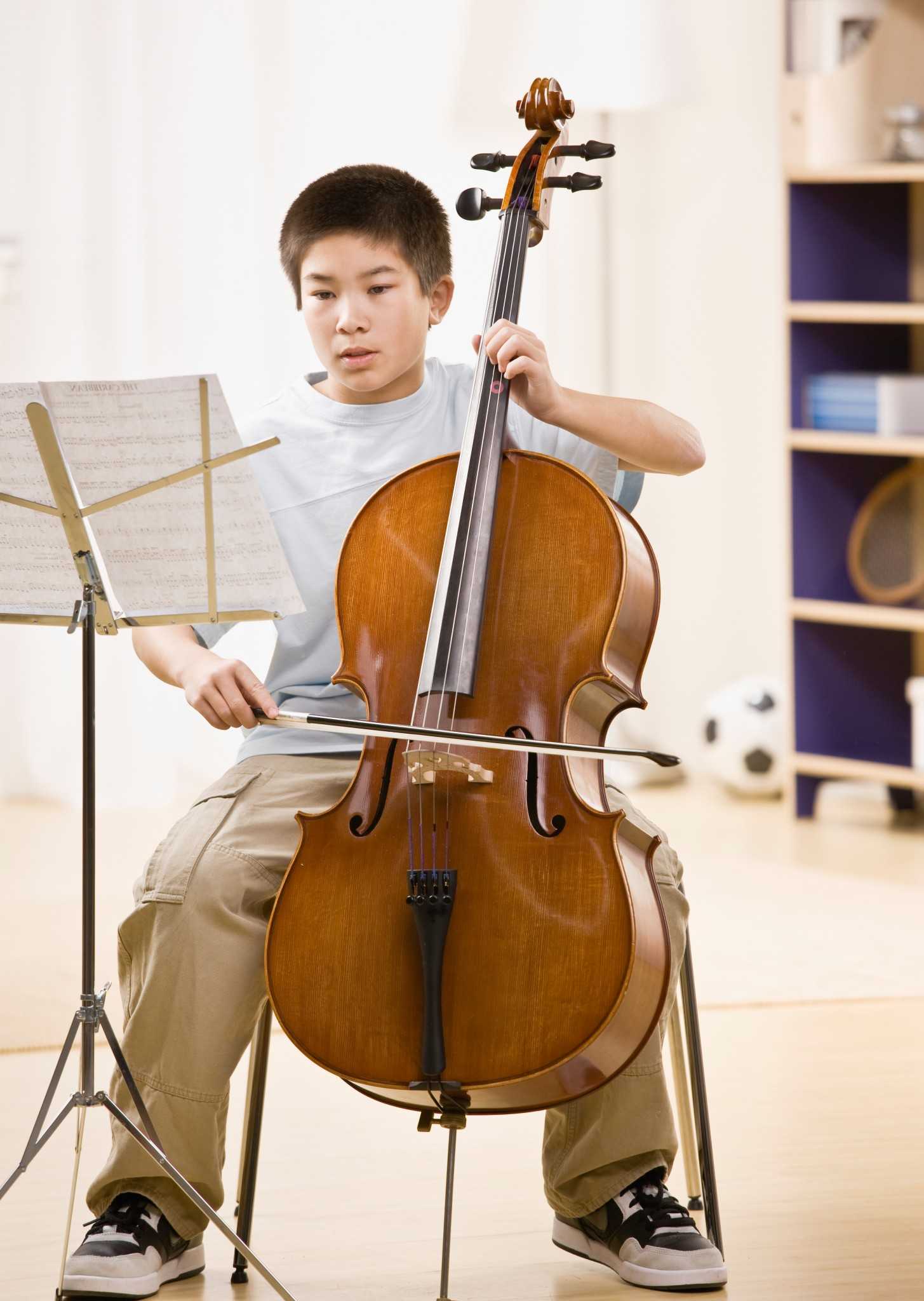
Thank you so much for this information